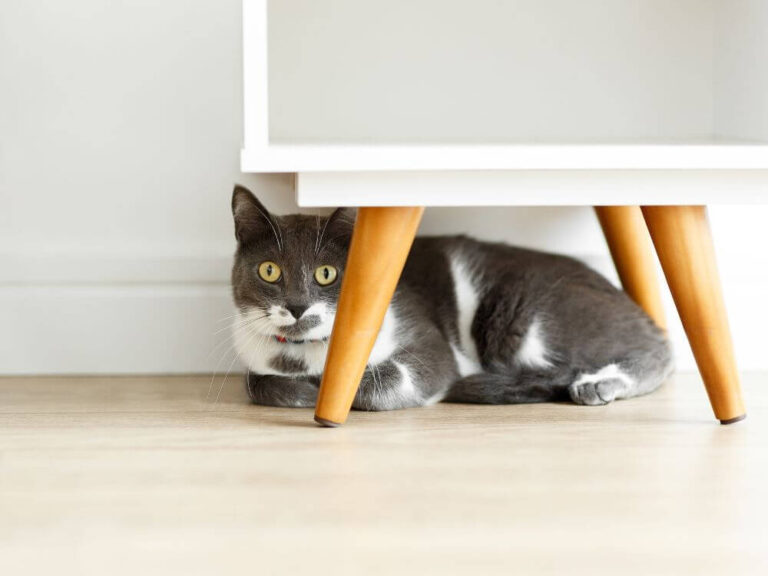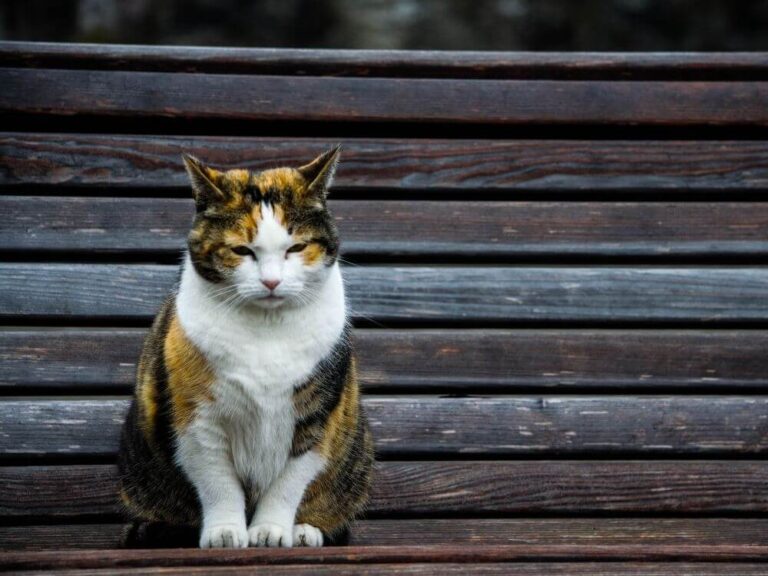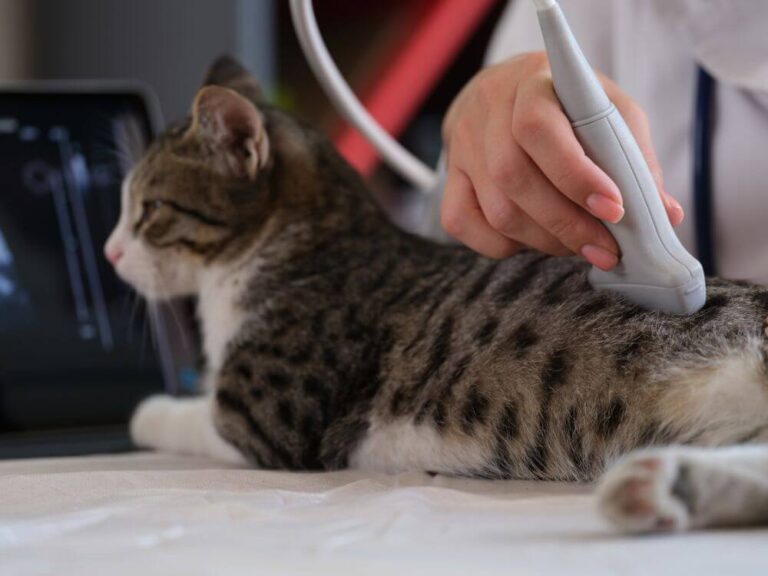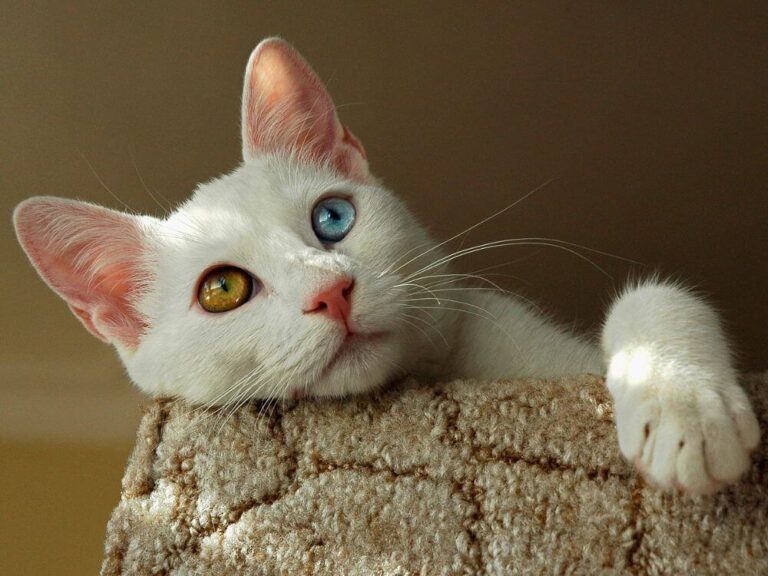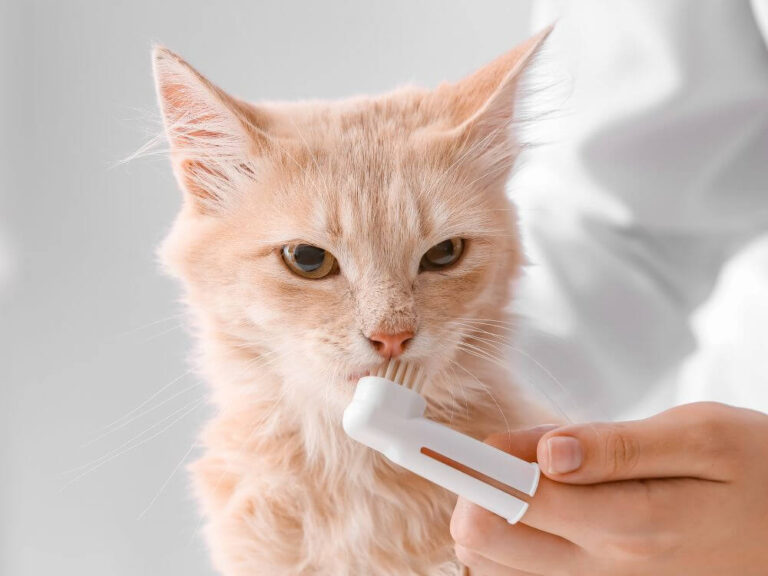How to Prevent Fleas on Cats
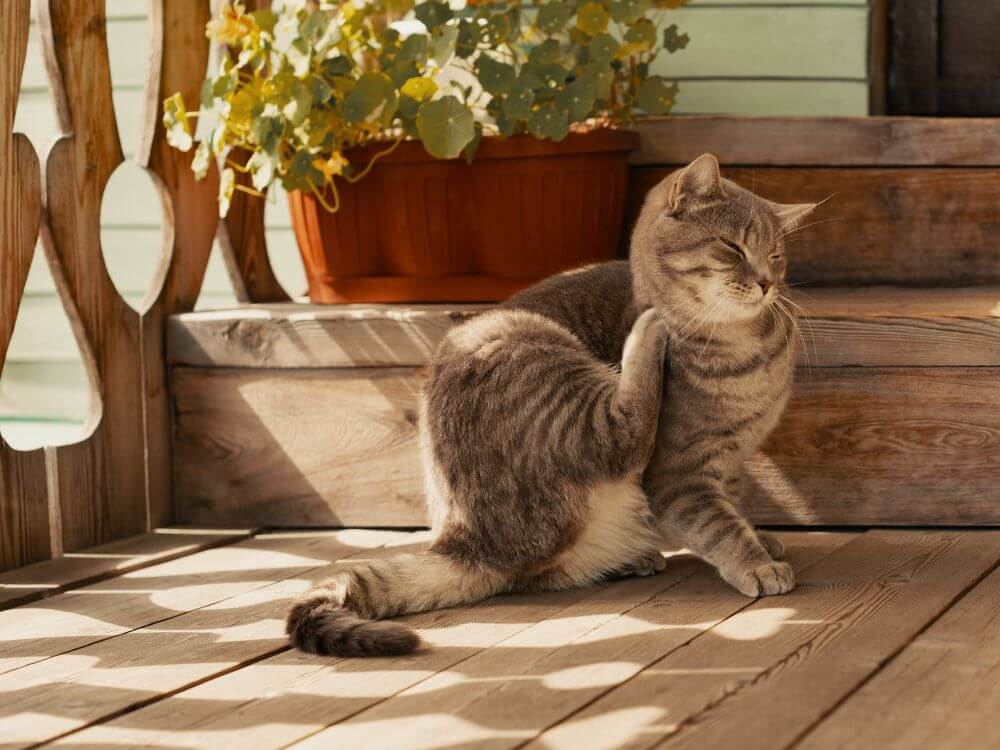
Fleas are a common problem for cat owners, and preventing them from infesting your pet can save you a lot of headaches. Not only do fleas cause discomfort for cats, but they can also lead to more serious health issues if left untreated. Understanding how to prevent fleas from becoming a problem is essential for any responsible pet owner. This article will explore different ways to protect your cat from fleas, using natural and commercial solutions, and maintaining a clean environment.
Why Flea Prevention is Important
Fleas can cause a range of health problems for cats, including skin irritations, allergic reactions, and in severe cases, anemia. Beyond physical discomfort, fleas can transmit tapeworms, which infect both pets and humans. Moreover, once your home is infested, getting rid of fleas becomes a complex and time-consuming task. Prevention is far easier than treatment, making flea prevention a top priority for cat owners.
Understanding the Flea Life Cycle
To effectively prevent fleas, it’s important to understand their life cycle. Fleas go through four stages: egg, larva, pupa, and adult. Adult fleas lay eggs on your cat, but the eggs quickly fall into carpets, bedding, and furniture, where they hatch and grow. This means that simply treating your cat may not be enough—your home environment also needs protection.
Regular Flea Checks
One of the simplest and most effective ways to prevent flea infestations is to regularly check your cat for fleas. Look for small, black specks (flea dirt) in your cat’s fur, especially around the neck and tail. If you notice your cat scratching excessively, it’s worth investigating further. Use a flea comb to thoroughly search through your cat’s coat for fleas or flea dirt.
Flea Preventative Treatments
Spot-On Treatments
Spot-on treatments are one of the most popular flea prevention methods. These products are applied directly to your cat’s skin, usually between the shoulder blades, and work by killing fleas on contact. Many spot-on treatments also repel fleas, preventing them from attaching to your cat in the first place. Be sure to choose a product specifically designed for cats, as dog flea treatments can be toxic to felines.
Oral Flea Medications
Oral flea medications offer another highly effective solution for preventing fleas. These pills are typically given once a month and work by killing fleas when they bite your cat. Some oral treatments also help to kill flea eggs and larvae, breaking the flea life cycle and preventing future infestations. Consult your vet to determine the right oral flea medication for your cat.
Natural Flea Prevention Methods
For those who prefer to avoid chemicals, several natural flea prevention methods can help keep your cat flea-free. While these solutions may not be as potent as commercial treatments, they can be used in combination to provide extra protection.
Essential Oils
Certain essential oils, like lavender and eucalyptus, act as natural flea repellents. However, always use caution when applying essential oils to your cat, as some oils can be toxic to them. It’s best to consult your vet before using any essential oil on your cat.
Apple Cider Vinegar
Apple cider vinegar is another natural remedy that may help repel fleas. Although it doesn’t kill fleas, it can make your cat’s fur less appealing to them. Mix equal parts apple cider vinegar and water, and spray it lightly onto your cat’s fur, avoiding the face and eyes.
Keeping Your Home Flea-Free
Even if your cat doesn’t have fleas, maintaining a flea-free home is crucial to prevent an infestation. Flea eggs can survive in carpets, furniture, and bedding for months, waiting for the right conditions to hatch. Here are some tips to keep your home flea-free:
Regular Vacuuming
Vacuum your carpets, rugs, and furniture regularly to remove any flea eggs or larvae. Pay special attention to areas where your cat spends most of its time. Empty the vacuum bag or canister immediately after cleaning to prevent fleas from escaping.
Wash Bedding and Soft Furnishings
Wash your cat’s bedding, blankets, and any soft furnishings they come into contact with regularly. Use hot water and dry them on a high-heat setting to kill any fleas or eggs that may be present.
Flea Sprays for the Home
Consider using flea sprays or powders specifically designed for home use. These products can be applied to carpets, furniture, and other areas where fleas might be hiding. Always follow the manufacturer’s instructions to ensure safe and effective use.
Flea Collars: Do They Work?
Flea collars are another option for preventing fleas, but their effectiveness can vary. Some modern flea collars contain active ingredients that release slowly over time, providing long-lasting protection. However, older flea collars that only repel fleas may not be as effective. If you choose to use a flea collar, make sure it’s one that is recommended by your vet and offers the necessary protection.
Flea Prevention in Outdoor Cats
If your cat spends time outdoors, flea prevention becomes even more crucial. Outdoor cats are at a higher risk of coming into contact with fleas, as they can pick them up from other animals or infested environments. In addition to regular treatments, consider limiting your cat’s outdoor exposure, especially in areas known for flea activity.
Preventing Fleas in Multi-Pet Households
If you have more than one pet, preventing fleas becomes more complicated. All pets in the household should be treated for fleas at the same time, as fleas can easily jump from one animal to another. Be sure to use products designed for each type of pet, as flea treatments for dogs and cats are not interchangeable.
When to See a Vet
Despite your best efforts, your cat may still develop a flea problem. If you notice excessive scratching, hair loss, or irritated skin, it’s time to consult your vet. They can recommend the best treatment for your cat and help you get rid of fleas quickly. Additionally, if your cat shows signs of anemia (such as pale gums or lethargy), seek veterinary help immediately, as this could indicate a severe flea infestation.
Conclusion: A Flea-Free Life for Your Cat
Preventing fleas requires consistent effort, but it’s well worth it to keep your cat happy and healthy. Regular flea checks, preventative treatments, and maintaining a clean home can significantly reduce the risk of fleas. Whether you choose spot-on treatments, natural remedies, or oral medications, the key is to stay proactive and vigilant. By following these tips, you can enjoy a flea-free home and a contented, comfortable cat.


